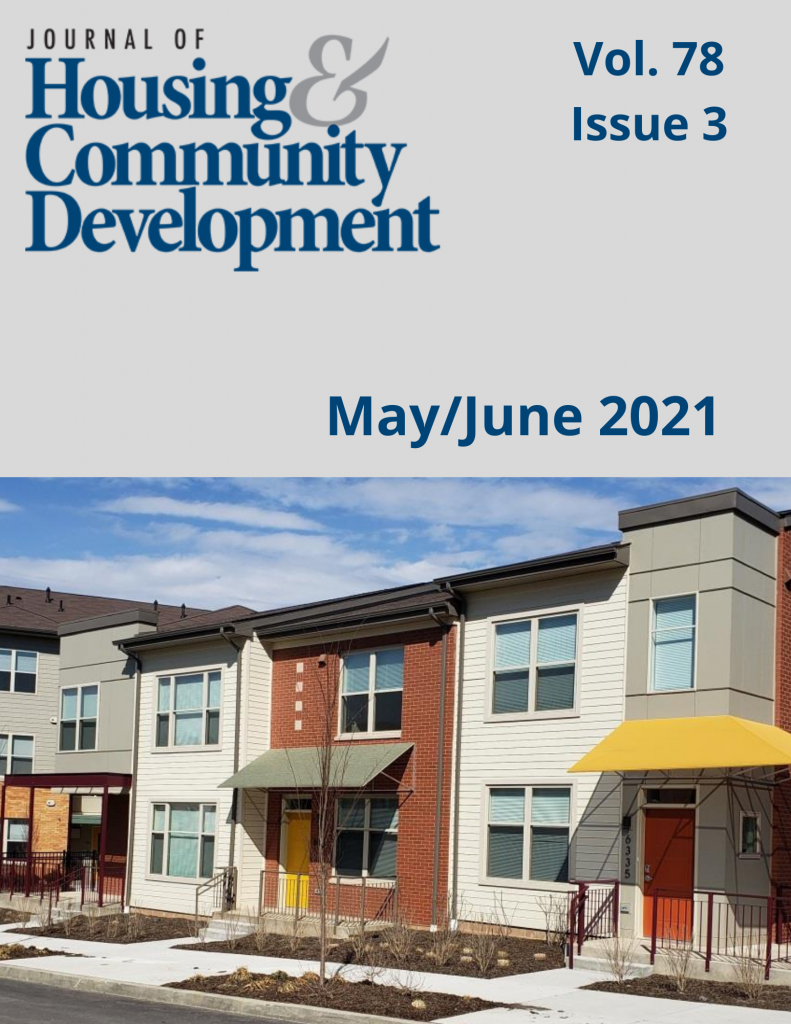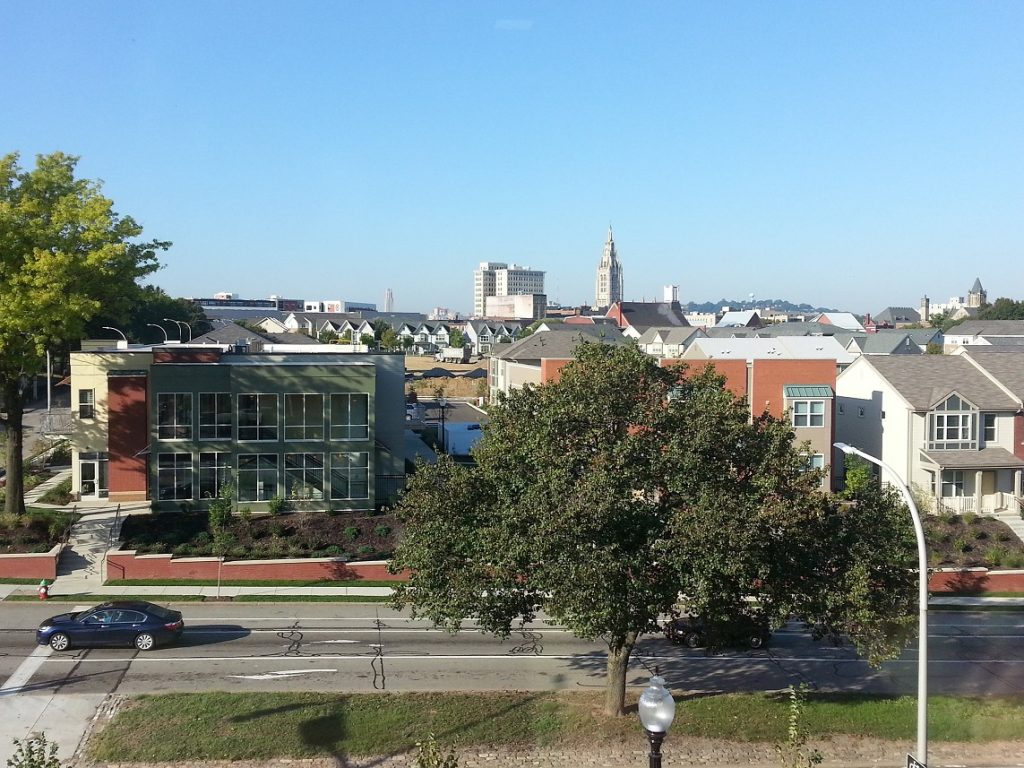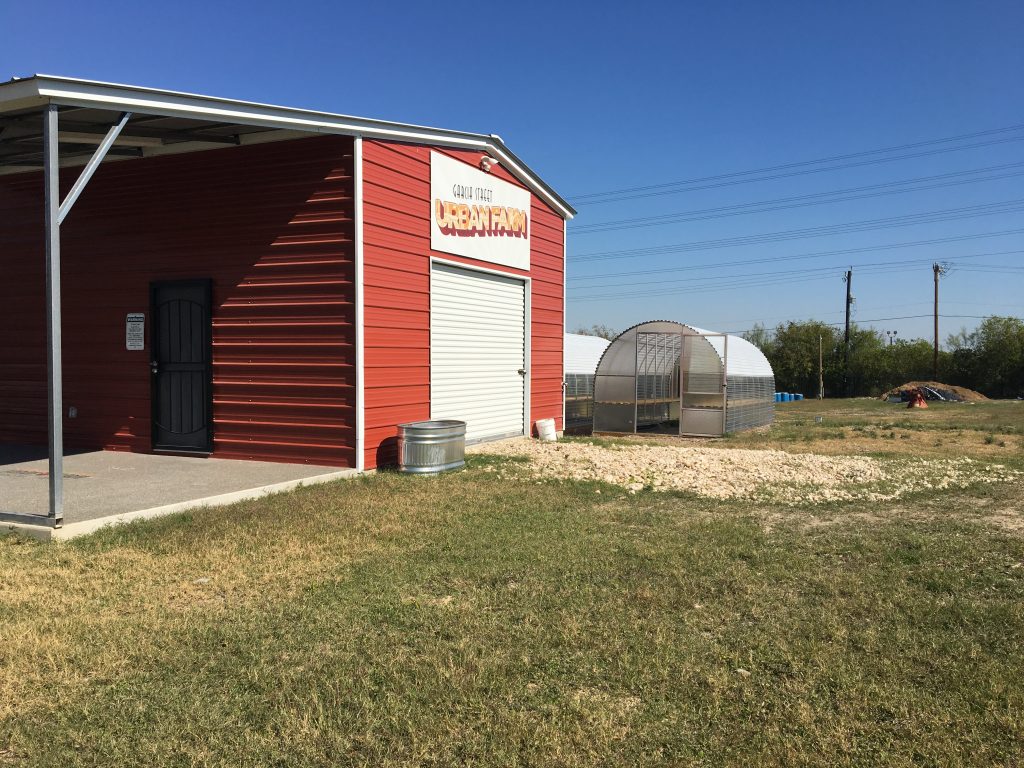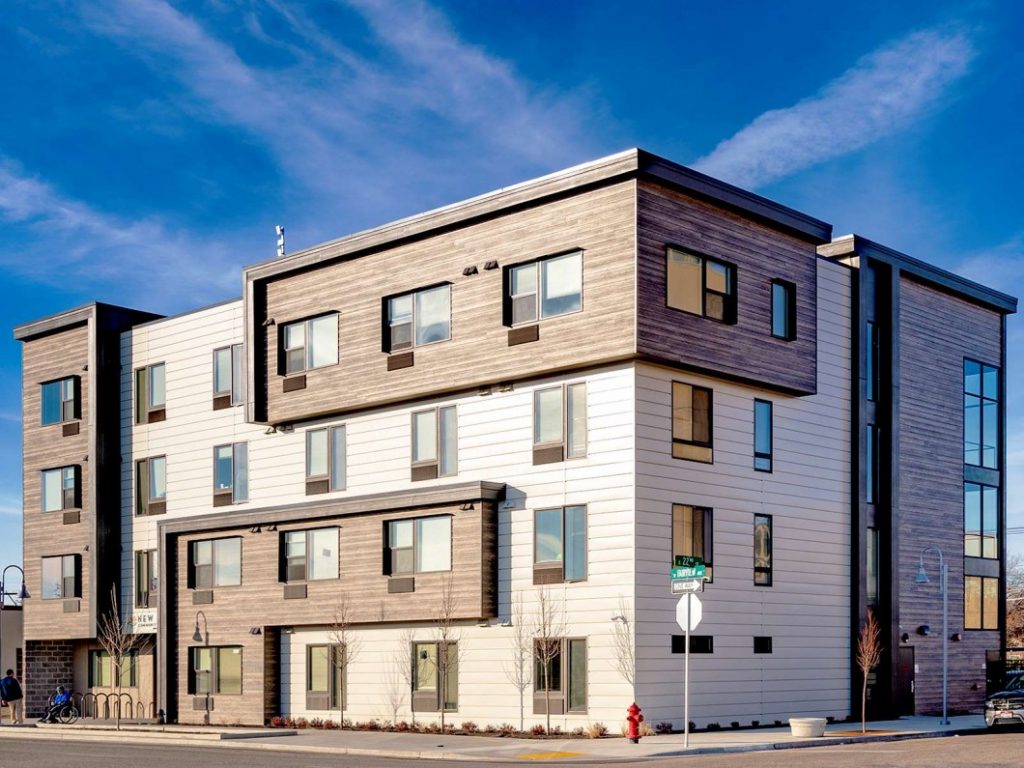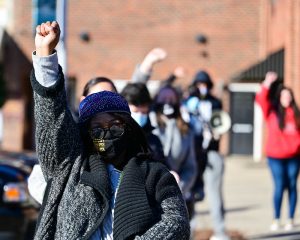Posterity Heights Paves the Way for Housing Development in Fort Wayne
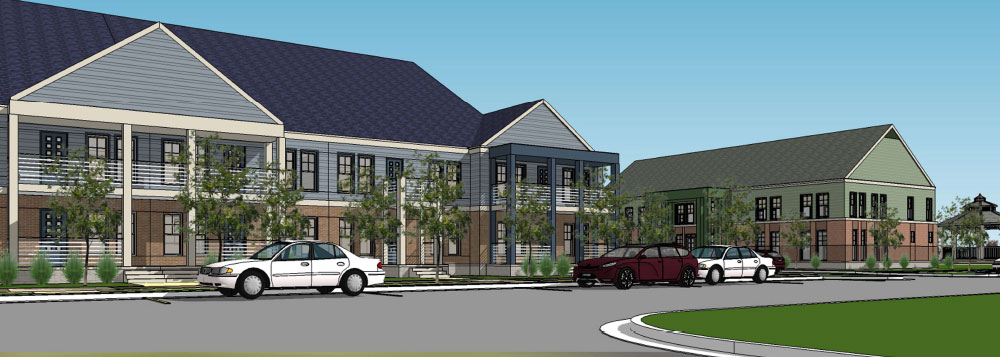
Fort Wayne Housing Authority (FWHA) won a 2020 Award of Excellence for Affordable Housing for Posterity Heights, an energy-efficient housing project serving low-income residents. Nominated from among the National Association of Housing and Redevelopment Officials Award of Merit winners each year, the Awards of Excellence winners are chosen by national juries and honored at the annual National Conference and Exhibition in November. They represent the very best in innovative programs in assisted housing and community development.
Fort Wayne Housing Authority’s (FWHA’s) Posterity Heights is a 28-acre housing development that aims to be both a catalyst for job creation and an investment in the neighborhood. Once the four-phase project is complete, it will feature an education center of community-based programs and services for low-income and underserved families, offer living spaces close to schools, shopping, dining and entertainment, and utilize solar energy to promote the use of electric vehicles for car sharing and provide backup sources of power. The development provides an opportunity to bring more affordable housing and self-sufficiency services to residents in the community.
“This project is in an urban area of town. A place that has seen a significant amount of disinvestment from the city, buildings that are blighted,” FWHA Executive Director George Guy said.
Each phase of the Posterity Heights project is built to target a particular subset of the Fort Wayne community. Currently, Phase 1, Posterity Scholar House, is the only completed phase. Scholar House consists of 44 units in two separate two-story buildings. Representing a $13M investment of the Posterity Heights project, Posterity Scholar House has received low-income housing tax credits from the Indiana Housing and Community Development Authority (IHCDA). Posterity Scholar House provides affordable housing for low-income single parents that are enrolled in college or that have embarked on a pathway towards self-sufficiency.
“This approach is an opportunity to address the inequities that exist that are barriers for folks to get out poverty,” Guy said.
The families living at Posterity Scholar House are provided access to supportive services and community partner referrals in order to maintain a high standard of living. Guy said this concept of a “scholar house” is not new to public housing, but what sets aside FWHA’s project is it provides access to quality childcare services so residents can continue their education and uphold family obligations.
Education is often the tool a person needs to get higher paid employment, change their life circumstances, and regain a positive self-esteem. “This looks at the situation holistically,” Guy said.
“The success we’ve seen is the security of having a new home for someone and that the promise is there,” Guy said. In terms of long-term success, Guy said right now that is harder to gauge. But it doesn’t mean the project isn’t helping fill an important void in the community for safe, decent affordable housing.
FWHA’s role is to provide the vouchers for the program and property management services. As of last month, Posterity Scholar House was at near 100 percent occupancy.
Once all four phases of the development are complete, it will feature eco-friendly living spaces with easy access to educational institutions, shopping, dining and entertainment options. It will utilize green infrastructure, leveraging solar energy and spots to charge electric vehicles. Additionally, a wide array of collaborative partnerships with local entities will provide residents with access to an on-site primary health clinic, restaurants, and the University Life Center dedicated to local community colleges to provide classes and free workshops to residents wishing to pursue higher education or certification programs.
Guy said while an ambitious project something similar can be replicated in other parts of the country. “This type of concept can work in a lot of places depending on where you are, it may just look a little different,” he said. One way to fast track a similarly-sized project is to work with local partners, elected officials, organizations, and educational institutions.
“There was also a big push from our community,” Guy said. “The community led the effort, and the housing authority led the community and leveraged our resources to get it done.”
More Articles in this Issue
Revitalizing Larimer
The Housing Authority of the City of Pittsburgh won a 2020 Award of Excellence in Community…Growing Farm-Fresh Food in San Antonio
The San Antonio Housing Authority won a 2020 Award of Excellence for Community Revitalization for starting an…Housing First is the Leading Model in Boise
Boise City/Ada County Housing Authorities won a 2020 Award of Excellence for Affordable Housing for New Path Community…Improving Racial Equity via Emergency Rental Assistance
Originally published in Shelterforce, the voice of community development. Long before the COVID-19 pandemic, Black, Latino,…Dr. Eva Rosen Discusses Voucher Promise
Dr. Eva Rosen, an assistant professor at Georgetown University’s McCourt School of Public Policy, joined NAHRO for…Equity and Well-Being in Affordable Housing: Starting with Voice and Choice
Previously published on the Stewards of Affordable Housing for the Future blog. The COVID-19 pandemic has made clear…
